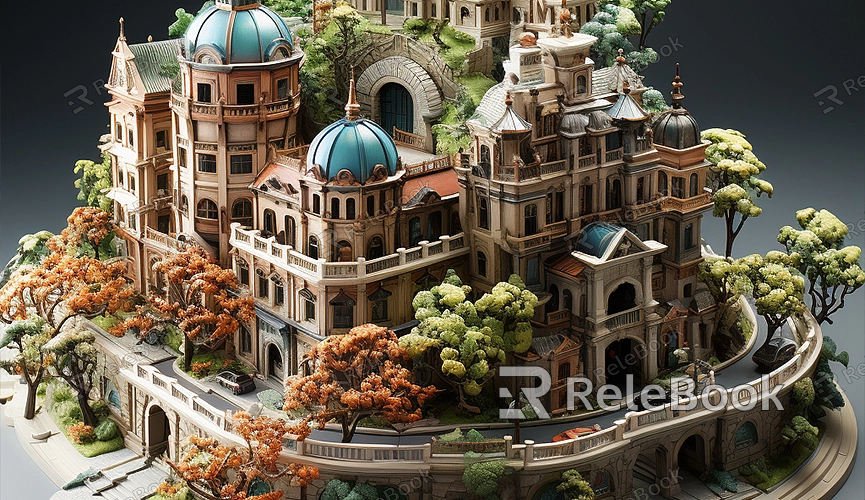The Role of Embedding Textures in Blender
Embedding texture data in Blender involves incorporating texture data directly into the Blender file rather than merely referencing external texture files. When creating or editing a project in Blender, you have the option to embed the textures used directly into the Blender file. The advantage of embedding textures is that when you share or transfer the Blender file, all necessary texture information is contained within the file, ensuring that others can access it without the need for additional file paths or dependencies on external texture files.

However, it's essential to note that embedding textures might increase the size of the Blender file, particularly if the texture files themselves are large or if there are multiple textures involved. Therefore, in some cases, it might be preferable to keep texture files separate from the Blender file to avoid excessive file sizes or increased complexity in management.
How to Embed Textures in Blender:
Select Model: Open the desired 3D model in Blender.
Material Editing: Navigate to the "Materials" tab in the Properties Editor.
Create New Material: Click "New" to create a new material for the model.
Node Editing: Use the node editor to embed textures into the material for seamless integration.
Add Texture: In the Shader Editor, click on "Add Texture" and select the desired texture type within the shader nodes.
Choose File: Use the file browser to select the texture file, usually in JPEG or PNG image formats.
Texture Adjustment: Adjust mapping, color, transparency, and other parameters using nodes in the node editor to ensure the texture seamlessly aligns with the model's surface. If you need high-quality 3D textures and HDRI, you can download them directly from Relebook and import them into the model for immediate use.
Examples of Embedded Texture Applications in Different Scenarios:
Natural Landscapes:
Imagine serene landscapes where the textures seamlessly blend with rocky terrains and the surrounding environment. Embedded textures can portray the roughness of the terrain, creating a tactile sensation akin to feeling the texture of rocks.
Urban Architecture:
In urban settings, embedding textures can showcase intricate textures on building surfaces, highlighting the unique characteristics of materials like concrete or glass.
Sci-Fi Machinery:
For mechanical components in sci-fi scenes, embedding textures can give metallic surfaces a smooth and intricate appearance, making them more realistic in futuristic worlds.
Food Advertising:
In food advertisements, embedding textures can make food surfaces appear enticing, enhancing the product's allure.
Ruin Scenes:
While simulating ruins or abandoned scenes, embedding textures can create the appearance of age and wear on walls and floors, enhancing the scene's realism.
Cartoon Animation:
For cartoon-style scenes, embedded textures can give characters and scenes a vivid and clear appearance, creating a dreamy atmosphere.
Underwater Wonders:
While simulating underwater landscapes, embedded textures can render the seabed, corals, and schools of fish with vibrant and colorful textures, enhancing the visual impact of the scene.
Ancient Civilizations:
When depicting scenes from ancient civilizations, embedded textures can showcase the textures and details on ancient architectural surfaces, adding a sense of historical weight to the scene.

